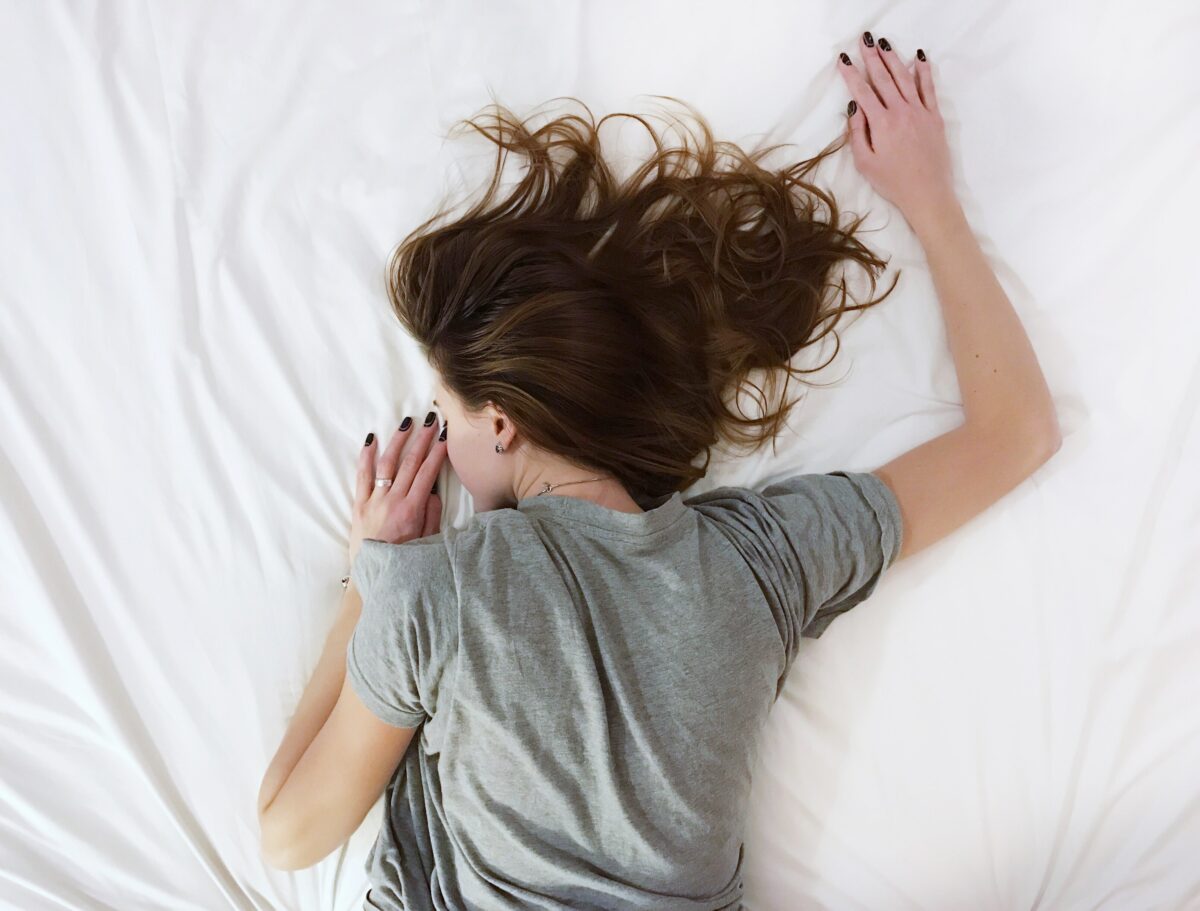
April 25, 2019
Snoring: Just a Nuisance or a Sign of Something Serious?
SHARE
Snoring is a common problem. About 90 million men and women of all ages suffer from this very annoying condition.
Many people don’t know that snoring can be a sign of a more
serious condition known as obstructive sleep apnea. The word “apnea” is literally
translated “without breath.”
When you sleep, the muscles at the back of your throat relax and your tongue falls backward. As a result, your airway narrows, causing the walls of your throat to vibrate noisily when you breathe.
Do you Have Sleep
Apnea?
If you’re an older man who is overweight or someone who snores loudly throughout the night and can barely stay awake during the day, you might be suffering from sleep apnea. However, people who don’t fit this profile can also suffer from the same condition.
Although loud snoring is one of the most common signs of
sleep apnea, it’s possible to have sleep apnea even if you do not snore.
If you sometimes wake up with a dry mouth, gasping for air and
you struggle to sleep through the night, you should inform your doctor. Other
symptoms include morning headaches, irritability and difficulties paying
attention.
The Dangers of
Untreated Sleep Apnea
The biggest challenge of living with untreated sleep apnea
is that you can’t get enough sleep.
Multiple sleep studies have shown that inadequate sleep can raise the risk of a car accidents, heart disease, diabetes and even Alzheimer’s.
Consider this shocking tidbit, you can go from being healthy
and fit to falling into a pre-diabetic state in two and a half weeks of
inadequate sleep.
There’s also a strong connection between sleep and the
immune system. For instance, not getting enough sleep raises the risk of
catching a cold by 200 – 300%.
Diagnosis and
Treatment
Sleep apnea can be diagnosed based on signs and symptoms,
sleep history and a physical exam. This especially applies to patients who fit
the profile of a sleep apnea patient.
Sleep apnea can also be diagnosed through sleep studies,
depending on the number of sleep apnea events per hour. Anything above five
events is a sure sign that something is not right.
You may be diagnosed with mild, moderate or severe sleep
apnea depending on how bad your symptoms are.
The first course of treatment is weight management and a reduction
in the use of sedatives and other medications that affect sleep and cause
respiratory symptoms. For some people, this is enough to get rid of the
problem.
The next most popular treatment option is CPAP (Continuous
Positive Airway Pressure), which is basically a mask that you wear on your face
when sleeping. The mask is connected to a hose that blows pressurized air into
your nasal passages and keeps the airway open.
Unfortunately, it can take a while to get used to the CPAP.
After all, it’s not easy to fall asleep with a mask on your face, especially
when that mask is connected to a machine that makes whistling noises all night.
Surgery may be necessary for severe sleep apnea if CPAP treatment is unsuccessful. During surgery, the tonsils and other tissue from the back of the mouth are removed. Unfortunately, there’s no guarantee that the surgery will work.
About half of all snorers suffer from sleep apnea but more than 80% remain undiagnosed. If you are a loud and frequent snorer who also suffers from dry mouth, morning headaches or any of the other symptoms of sleep apnea, consider discussing it with your doctor.
